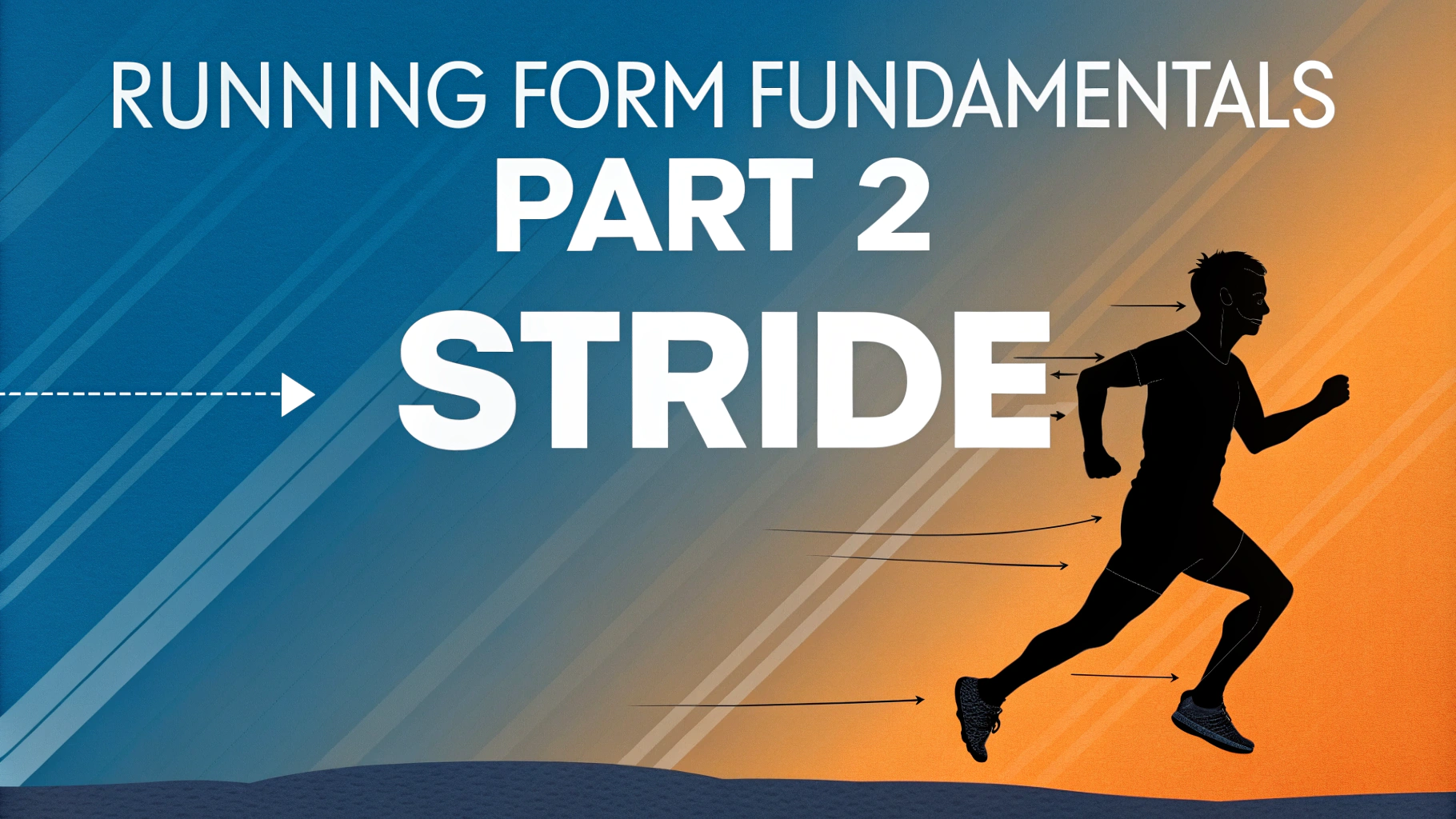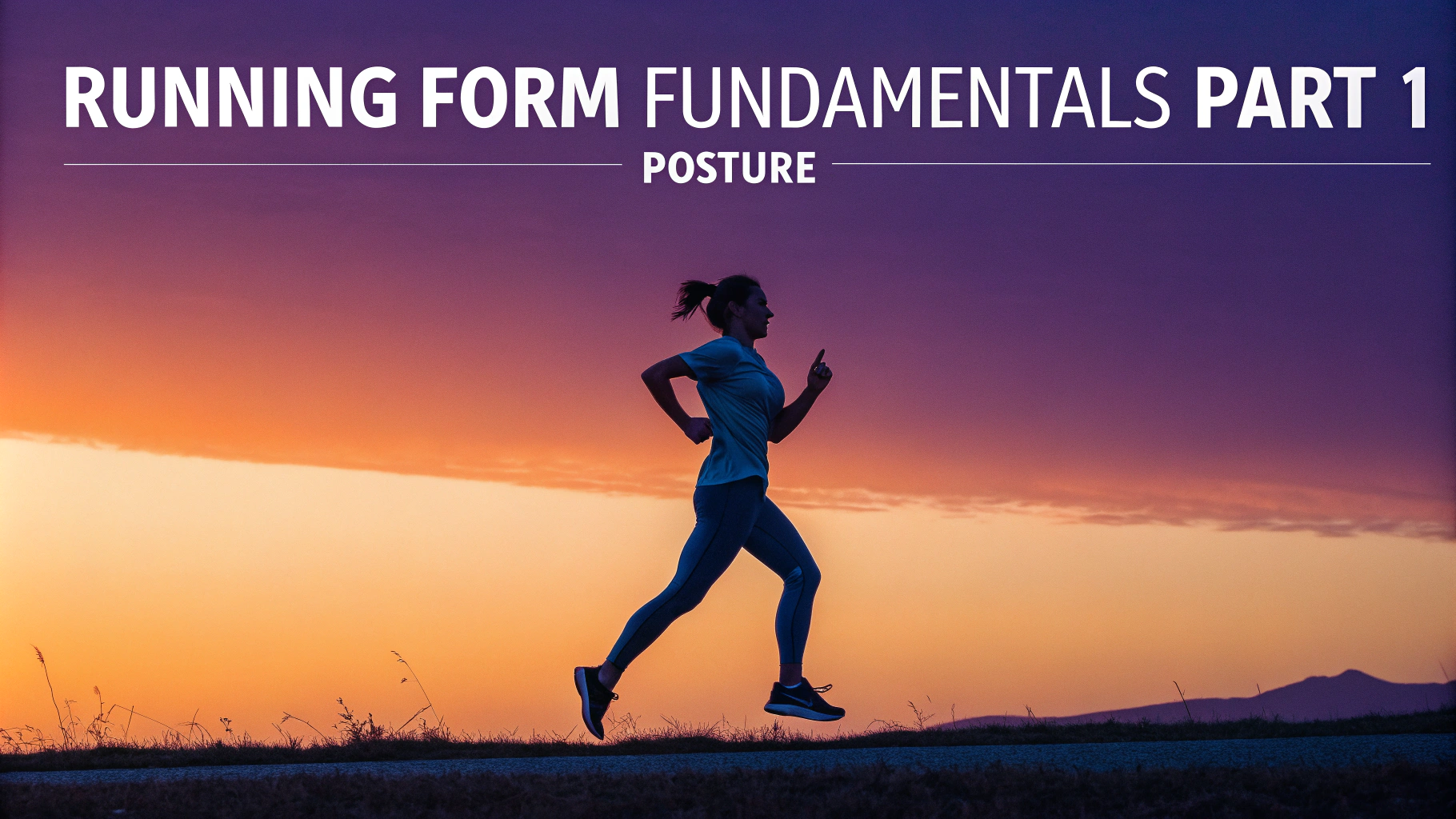Setting clear running goals helps transform casual jogging into purposeful training.
Types of Running Goals
Distance goals focus on gradually increasing your weekly or monthly mileage.
Time-based goals target specific race finish times or pace improvements.
Performance goals aim at achieving particular rankings or qualifying times.
SMART Goal Framework for Runners
- Specific: “Run a 5K in under 25 minutes” instead of “run faster”
- Measurable: Use concrete numbers and times
- Achievable: Based on current fitness level
- Relevant: Aligned with your running interests
- Time-bound: Set clear deadlines
Short-Term Running Goals (1-3 months)
- Build a consistent running schedule
- Complete a 5K without walking
- Improve running form
- Establish pre-run routine
Long-Term Running Goals (6-12 months)
- Complete first half marathon
- Achieve Boston Marathon qualifying time
- Run specific weekly mileage consistently
- Join local running club races
Goal Tracking Tools
| Tool | Best For |
|---|---|
| Strava | Social running, route tracking |
| Garmin Connect | Detailed metrics, training plans |
| Running log | Personal reflections, simple tracking |
Tips for Success
Write goals down and place them somewhere visible daily.
Break larger goals into smaller, manageable chunks.
Share goals with running partners or coaches for accountability.
Review and adjust goals every 4-6 weeks based on progress.
Celebrate small wins along the way to maintain motivation.
Common Goal-Setting Mistakes
- Setting unrealistic timeframes
- Comparing progress to others
- Not accounting for recovery time
- Focusing only on race times
Contact local running clubs or certified running coaches through RRCA for personalized goal-setting guidance.
Creating Your Training Plan
A well-structured training plan bridges the gap between setting goals and achieving them.
Essential Training Components
- Easy runs for building base mileage
- Speed work for performance improvement
- Long runs for endurance development
- Cross-training for injury prevention
- Rest days for recovery
Adjusting Goals When Needed
Flexibility in goal modification helps maintain motivation and prevent burnout.
Reasons to Modify Goals
- Injury or illness
- Life schedule changes
- Faster/slower progress than expected
- Weather or environmental factors
Building Support Systems
Creating a network of support increases goal achievement success rate.
Support Resources
- Running clubs
- Online communities
- Training partners
- Professional coaches
Conclusion
Effective goal setting transforms running aspirations into achievements through systematic planning and consistent execution.
Regular assessment and adjustment of running goals ensures continuous progress while maintaining motivation and preventing plateaus.
Remember that successful running goals balance ambition with realism, incorporating both performance metrics and personal enjoyment of the sport.
FAQs
- What are SMART goals in running and why are they important?
SMART goals are Specific, Measurable, Achievable, Relevant, and Time-bound objectives. They’re important in running because they provide clear direction, help track progress, and increase motivation by setting realistic and attainable targets. - How do I set an appropriate time goal for my first race?
Base your initial race time goal on your recent training runs, specifically your pace during longer runs. Add 1-2 minutes per mile to account for race day variables, and consider using a race time predictor based on shorter training runs. - Should beginners focus on distance or speed goals first?
Beginners should prioritize distance goals before speed, focusing on gradually building endurance and proper form. This approach reduces injury risk and creates a strong foundation for later speed work. - How often should I revise my running goals?
Review and adjust your running goals every 8-12 weeks, or after completing a major race or training cycle. This allows enough time to see progress while remaining flexible to changing circumstances. - What’s a realistic weekly mileage increase when building up distance?
Follow the 10% rule – increase your weekly mileage by no more than 10% to prevent overtraining and injury. For example, if you run 10 miles this week, aim for 11 miles next week. - How do I balance multiple running goals simultaneously?
Prioritize one primary goal while keeping others as secondary objectives. For instance, if training for a marathon, make distance your primary focus while maintaining moderate speed work as a secondary goal. - What should be my first major running goal as a beginner?
A common first goal is completing a 5K race without walking. This distance is challenging yet achievable for most beginners after 8-12 weeks of consistent training. - How can I track progress toward my running goals?
Use a running app or training log to record distances, times, and how you feel. Take progress photos, record body metrics, and note any achievements like running longer distances or faster times. - What are good recovery goals to include in training?
Set goals for sleep (7-9 hours per night), rest days (at least one per week), and stretching (10-15 minutes post-run). Include cross-training activities to prevent burnout and injury. - How do I know if my running goals are too ambitious?
If you’re consistently missing targets, feeling overly fatigued, or experiencing recurring injuries, your goals may be too ambitious. Goals should challenge you but remain within your current fitness level’s reach.










